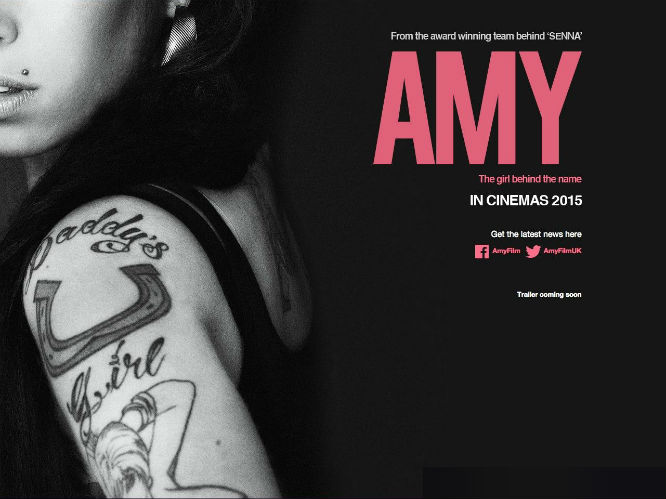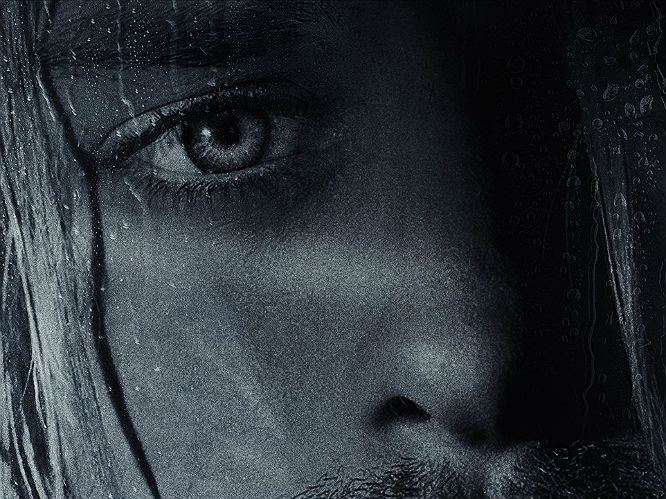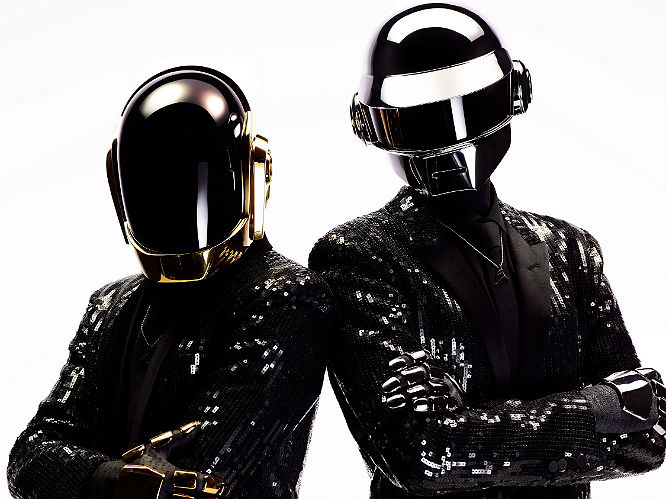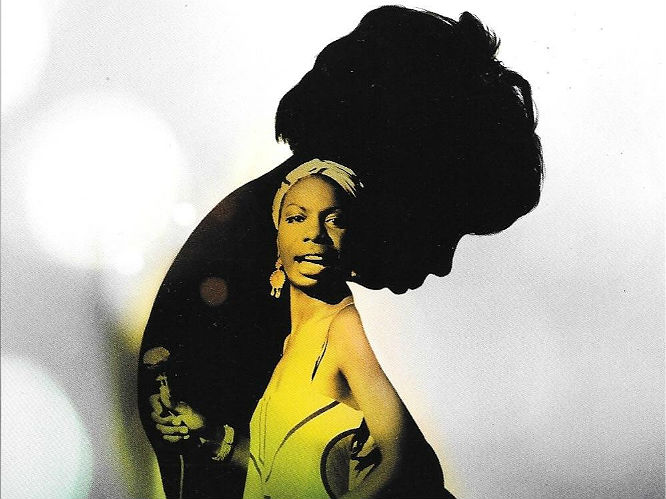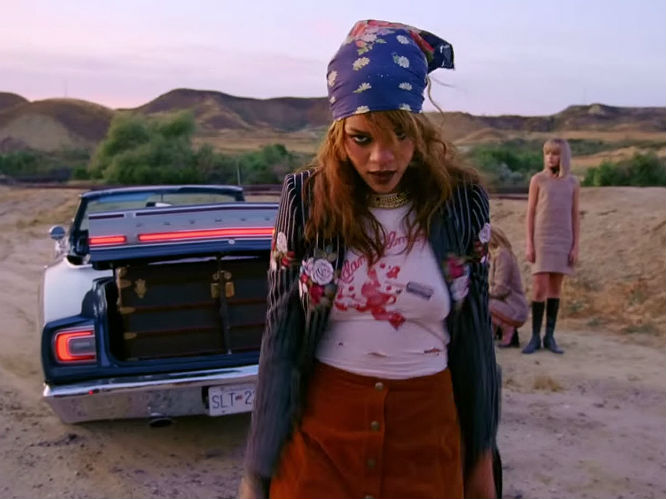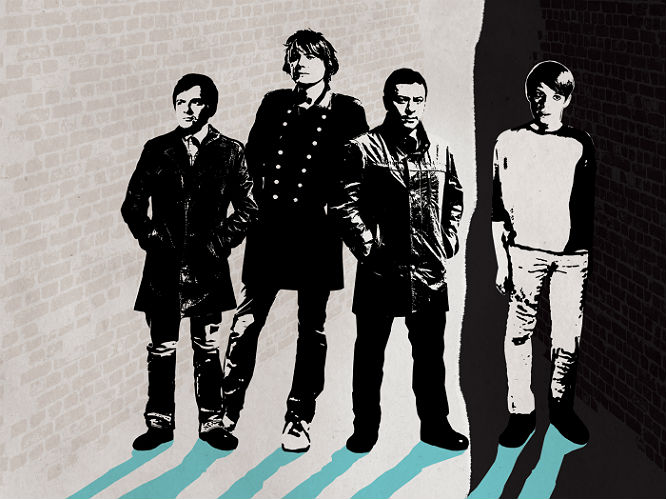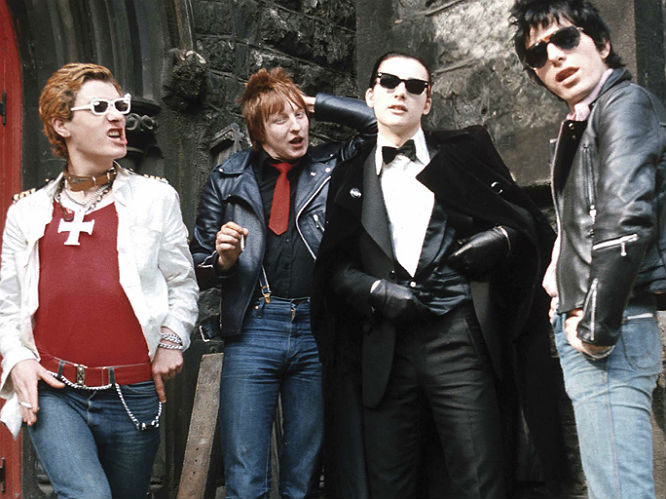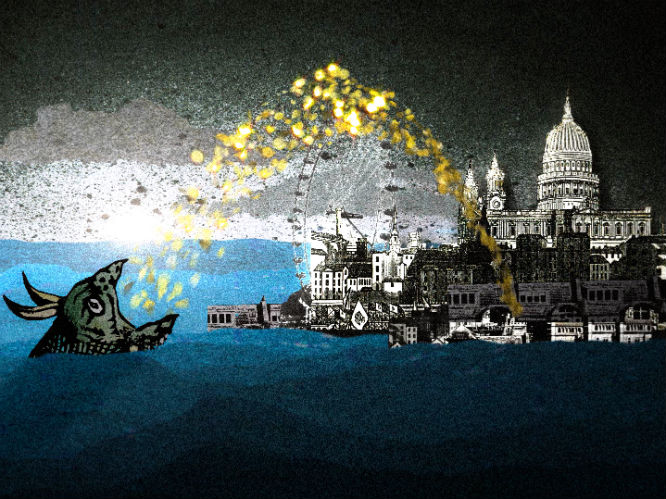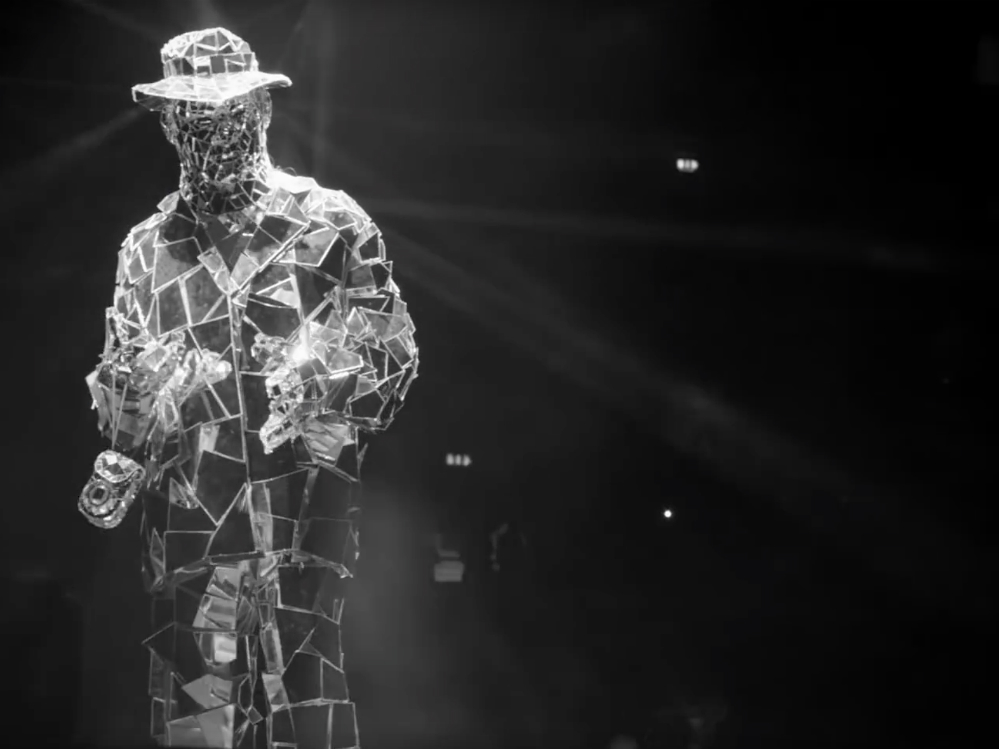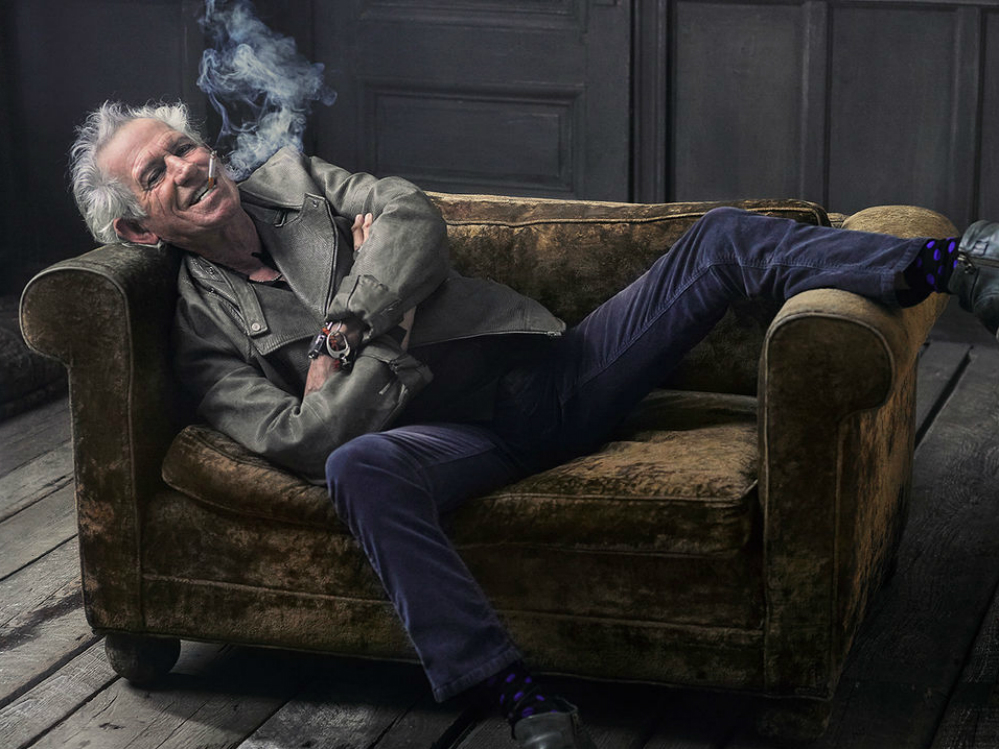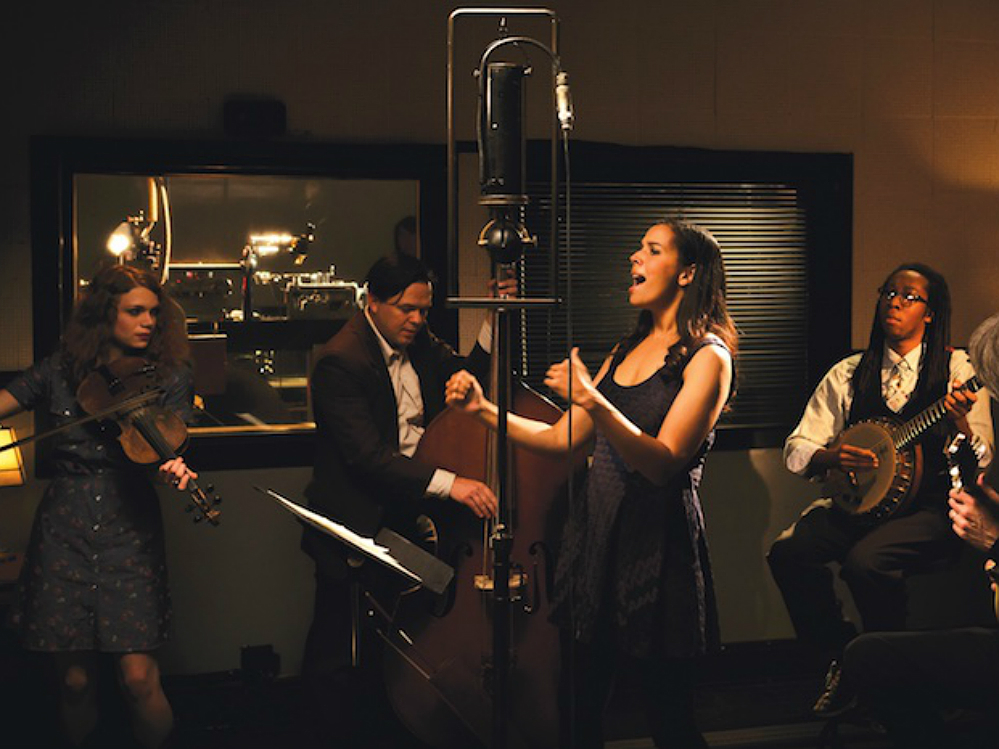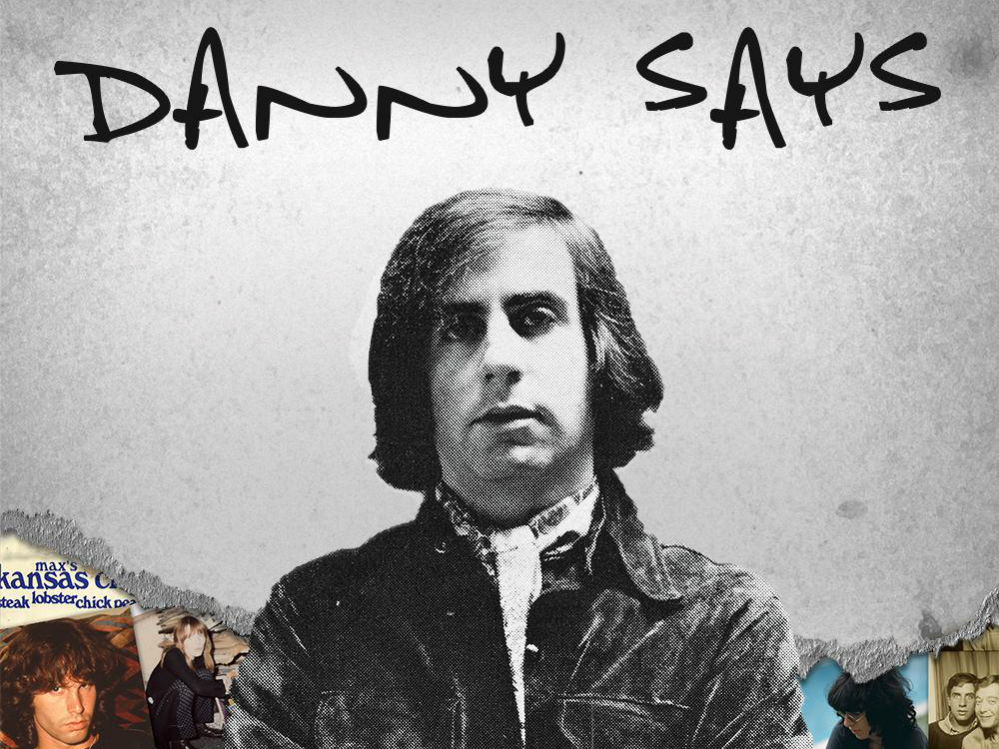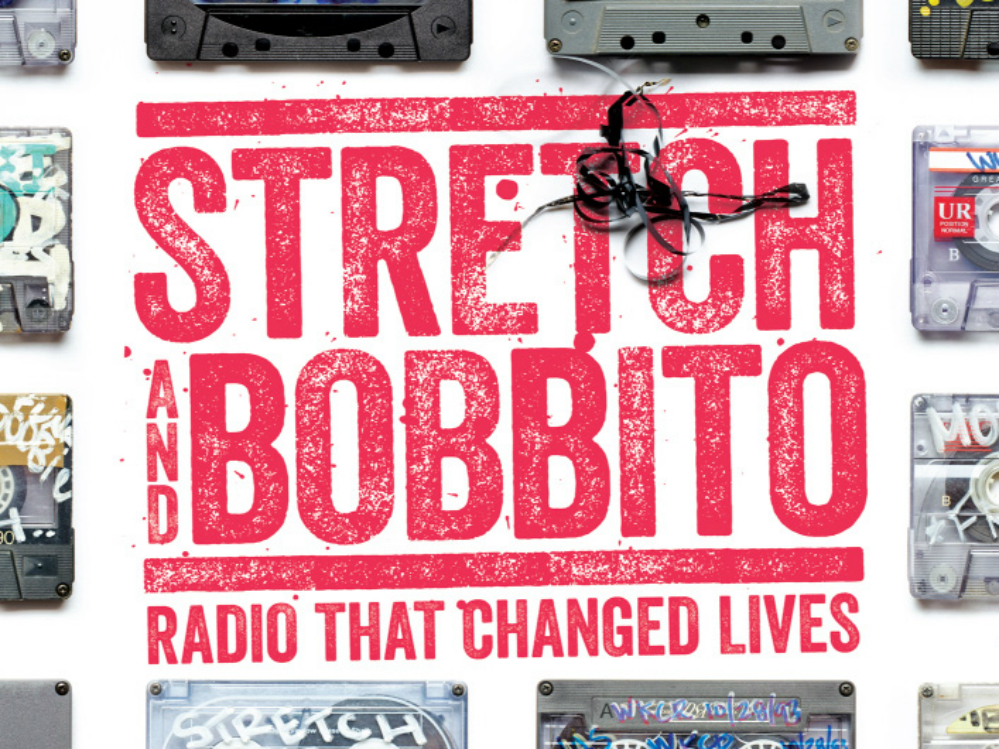After hitting the UK cinema scene in Spring this year, making waves amongst the best of the best in documentary films at Sheffield Doc/Fest in June, and impacting an absorbing crowd at Latitude Festival, how on earth do you begin to unravel the creative genius that was Kurt Cobain?
Kurt Cobain: Montage of Heck director, Brett Morgan, revealed all. Not only about the subject of the film, but the making of it too. So, what can we learn from filmmaking phenomenon, Morgan?
1) Where do you begin?
"This is exactly the type of thing I’m looking for…" With controlled excitement, Morgan recalls his first encounter with where the journey to unearth Cobain began. An unsuspecting but potent storage unit is the birthplace of Kurt Cobain: Montage of Heck. This unit crammed with homemade cassette recordings, artwork and ephemera, unlocks the journey from childhood to adulthood of the grunge star from whom the documentary takes it’s title.
The importance of these cassettes, not just as a resource but also as an intimate insight is profound. “It’s a rare place to be allowed access to,” Morgan explains. “What are people like when they are by themselves? Through the use of his own primary sources and archives, we’re able to actually spend time with Kurt, alone”.
2) How do you build a story?
“My movies are all manufactured,” Morgan rapidly but patiently explains. “They’re all constructed and I start with the soundscape. I think that sound is fifty percent of a movie, sound is as inviting and expressive a medium as the picture.”
He continues, “You can sculpt with sound, you can score the sound”, talking as if it were a physical material in his hands, some pliable substance just waiting to be manipulated. With emphatic curiosity, it’s clear that this filmmaker does not have a formula for making a film, portraying a life, but rather works from self-accepted questions that must be posed.
After an almost frustrated momentary pause - what seems to be an inner monologue -quizzing mutterings are vocalised, “What does the film sound like? And how can sound be used to tell the story?” With these concerns so clearly at the forefront of Morgan’s mind, it’s no longer a mystery as to how he concocted the frenzied, relentless, intimate and explosive patchwork quilt-esque end result.
3) Cardinal Rules
“Don’t film someone in front of a mixing board, rule number one”. He doesn’t explain this rule too much, other than to mention in the early days of his career he interviewed P Diddy in front of a mixing board.
“And I hope we can all agree on this. Rule number two should be, don’t film someone in a car driving unless they’re actually going somewhere. You know what I’m talking about!”
He is fierce about being adventurous and exploiting all of the tools he has to hand as a filmmaker, but more than that, talking about cuts between scenes, “It’s not just an aesthetic choice, it’s a weapon”, he insists.
Oh, and one more thing. “If you’re a student - stay away from film theory... but film criticism is really helpful”.
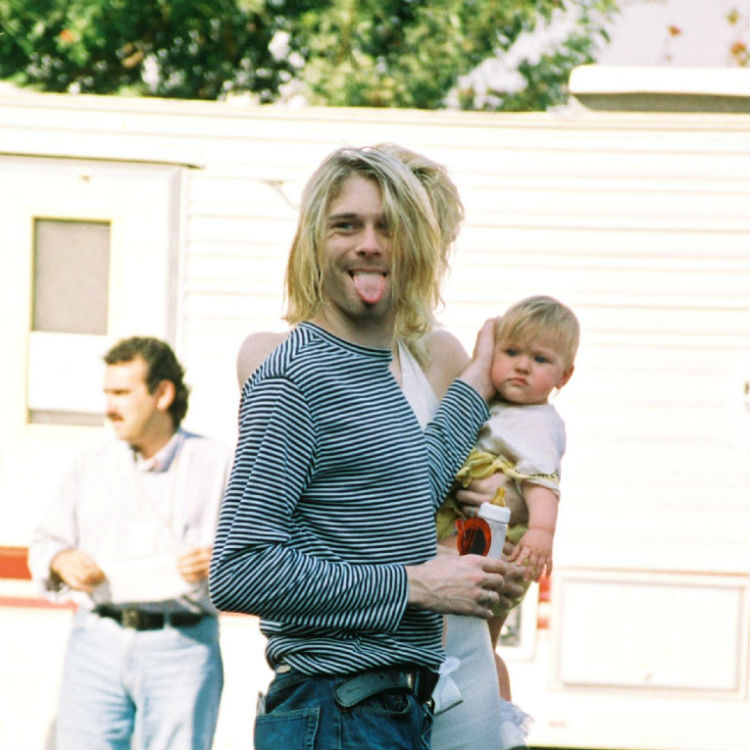
4) But why make a film?
“I’m always asking myself at any given moment, ‘Am I using this particular medium to its fullest?’”, Morgan rhetorically asks in one breath, and with the next he answers, “Every grain matters”. Speaking calmly, considering every word he delivers, he cross-examines not only the film but himself too.
He refocuses. “Take a well travelled subject like The Rolling Stones or Kurt Cobain. There may be 30 books written about that subject. But there’s something all the books are missing, which is the experience, the flavour, the taste... What a film can do, is give you that thing a book can’t." We’d like to know more.
“It really comes down to this - we [filmmakers] are artists and we’re painting, we have a limited palette. We have to use everything we have”. After rubbing his forehead, as if to massage more words to the front of his mind, he continues, “Use everything you have to create an immersive experience”.
5) Morgan the Maker
Though much celebrated, he is modest, seeming almost shy when he remembers other people are listening to him.
“I’m rambling…I’m so sorry, it’s morning!” Eventually pausing for more than a microsecond, gripped by passion. He is a man possessed by a powerful obsession with documentary filmmaking. At times it seems his thoughts are moving quicker than his tongue will allow them to escape- not surprising when you consider just how meticulously proud of his craft he is, and it’s articulation.
6) Morgan the Ambassador
Morgan champions the role of both documentary filmmaker, and supremely skilled and amusing story-teller, in person.
Proving himself to be relentless and ardent about “getting close to Kurt…to know what he was eating for breakfast, watching on TV”, so that we can all understand him the way Morgan does. “It’s about the fucking expression…it’s his art!” We are compelled to thank Morgan.
Filmmaker and film come full circle, “We are authors of our own movies…they’re all about you”, he explains. Thinking about every film he has made, there is an element of interest that relates to the maker that creates curiosity within him for resolution even if closure is the most he can hope for.
"Everything I’ve said today is of course just my approach, and every other way has its merits and its values.” Our approach? Morgan is a modern master, and we agree with him, “The only limitations are ourselves”.



